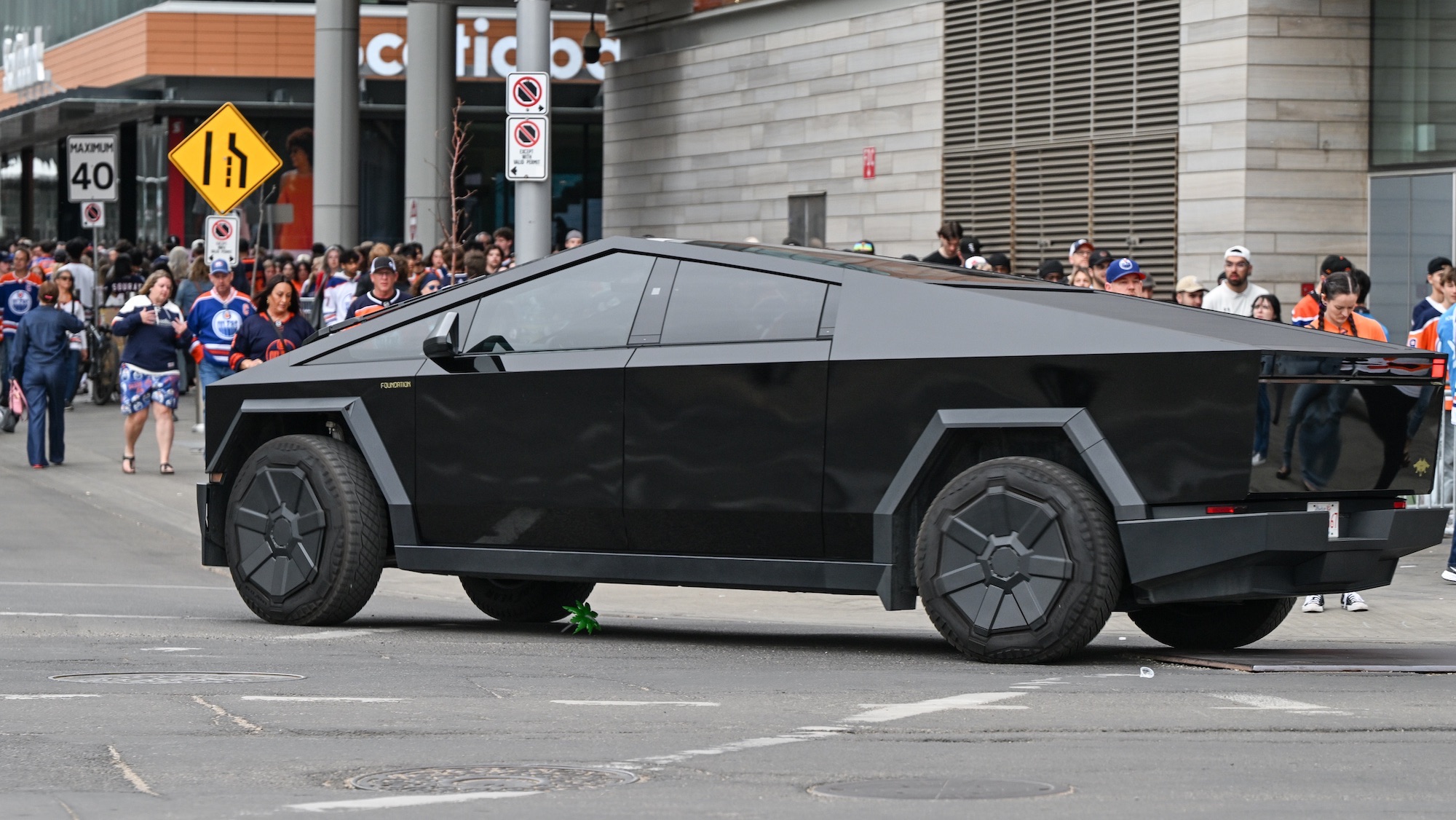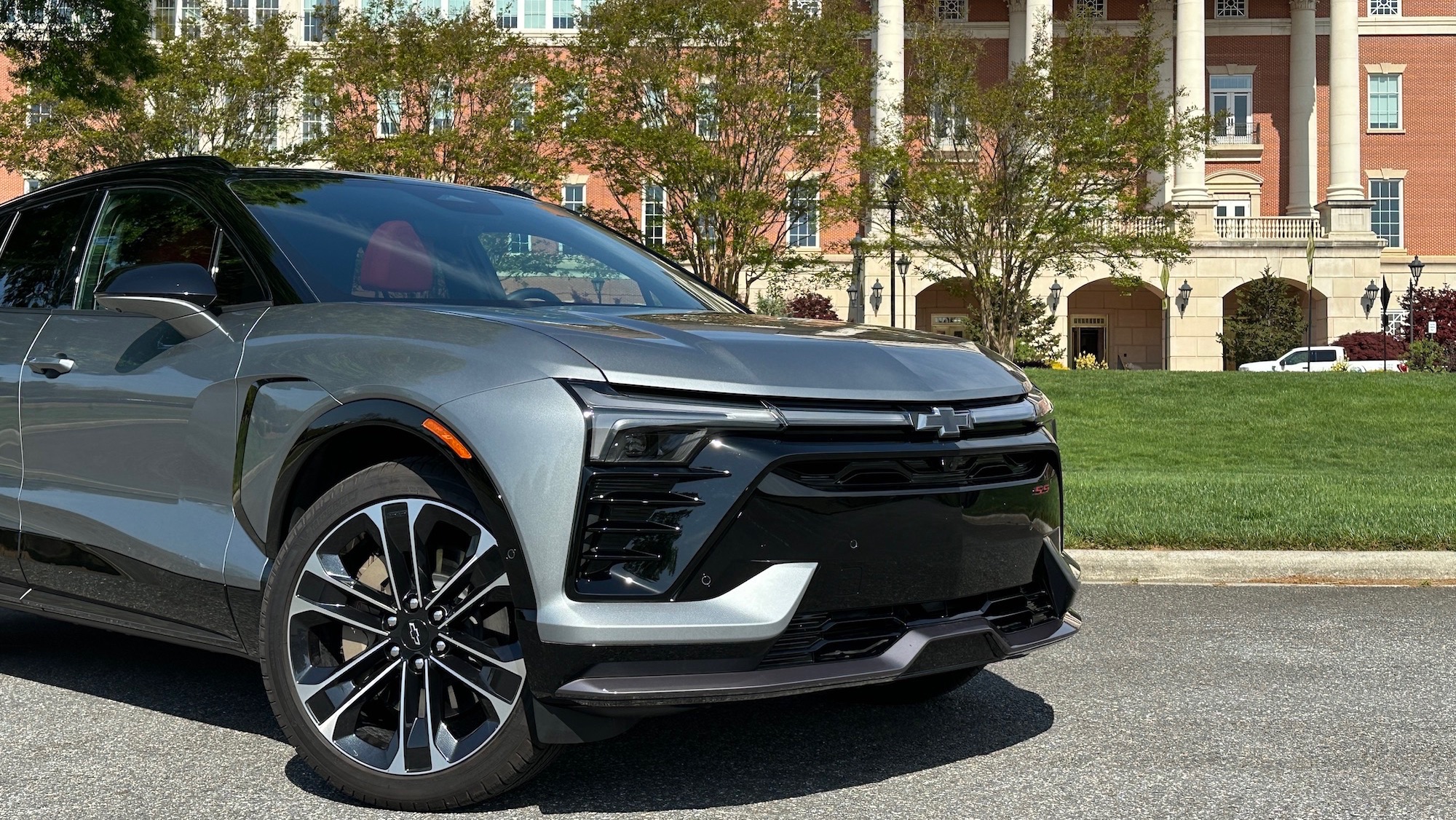Now Reading: Cybertruck Police Patrols to Secure World Cup Matches in Mexico
-
01
Cybertruck Police Patrols to Secure World Cup Matches in Mexico
Cybertruck Police Patrols to Secure World Cup Matches in Mexico

Quick Summary
- Tesla’s Cybertrucks are increasingly being adopted by law enforcement agencies globally, with recent sightings in Mexico, the U.S., Chechnya, and Qatar.
- jalisco state in central Mexico announced plans to add several Cybertrucks to its police fleet ahead of the 2026 FIFA World Cup. These vehicles will primarily be used for patrols, surveillance, intelligence support (including drones), and emergency response efforts.
- A total of 300 new tactical vehicles are being added as part of Jalisco’s security preparedness plan for soccer matches taking place in Guadalajara during the tournament.
- Cybertrucks have been utilized by other police departments worldwide. As an example:
– Irvine Police Department (California) spent over $150K on one unit for anti-drug events.
– Las Vegas Police plans to add 10 units, one designated as a SWAT vehicle.
– Militarized versions with firearm mounts have appeared in Chechnya and Qatar motorcades.
- Despite their rugged qualities like bullet-resistant exteriors and off-road capabilities, Cybertrucks face reliability concerns regarding component recalls and rusting issues after exposure to rain.
Indian Opinion Analysis
The deployment of Tesla’s Cybertruck into law enforcement fleets highlights an evolving global trend toward integrating advanced electric vehicles into public safety systems. While these futuristic vehicles promise enhanced mobility and capabilities-such as increased ruggedness and data-driven operations-their growing adoption also underscores shifting priorities towards eco-amiable technologies aligned with broader climate goals.
For India, where EV infrastructure remains under progress but is advancing steadily due to government initiatives like FAME II subsidies for electric buses or scooters, such developments could hold relevance. If similar use cases arise domestically-for example security at large-scale events or urban patrolling-it would necessitate ample enhancements in charging networks as well as evaluation of cost-benefit factors given reported reliability challenges associated with luxury-class EVs like the Cybertruck.
India’s experience at deploying specially outfitted transport during G20 summits or cricket world cup showcases its capability potentially leveraging hybrid-fleet-equivalents tactically balancing performance alongside taxpayer impact efficiency future embrace depends stakeholder collaboration industry bodies/techgov approach policymakers green-tech adoption pathways thoughtful roadmap integration boom timeline reserved forecast held speculative phase context scale-unfold real practicalities-depth Pros&cons overarching mission-serving directive equitable dialog regionally scaling matched semi-realistic deadline-seasonality transformative societal impacted gains either incremental reform gradual ripple undone barriers/testing Read More [https://www.popsci.com/technology/mexican-police-cybertruck-world-cup/]

























